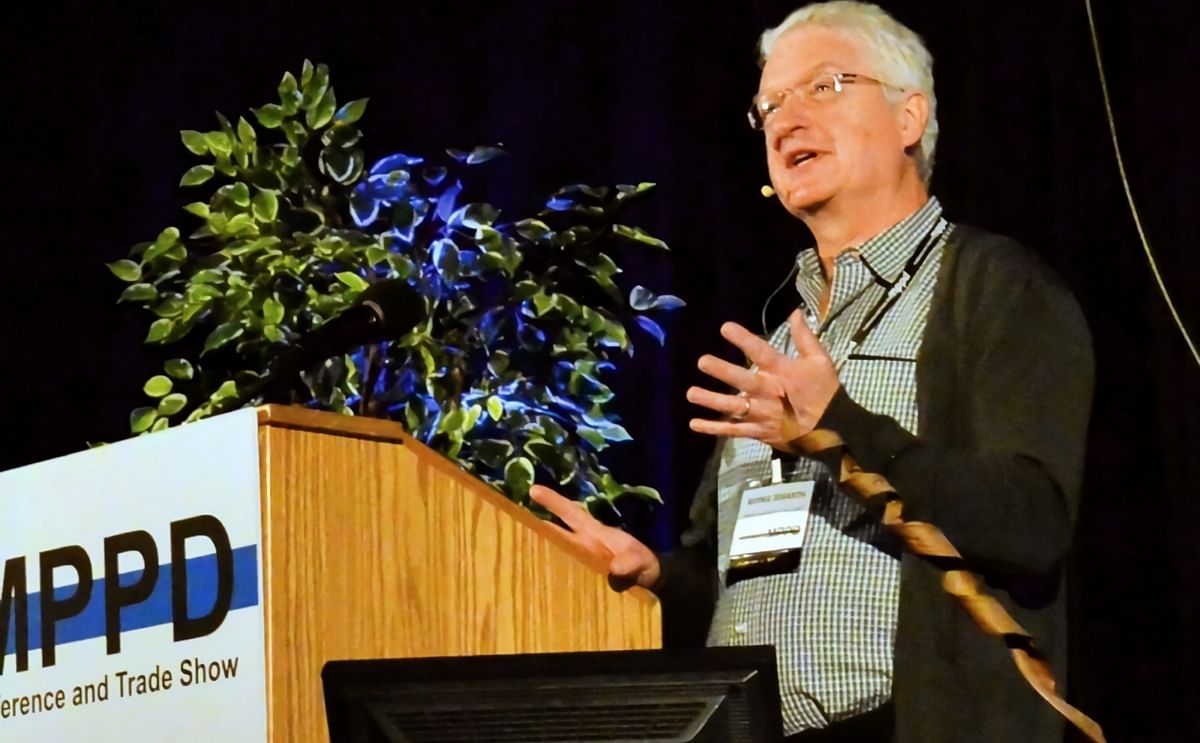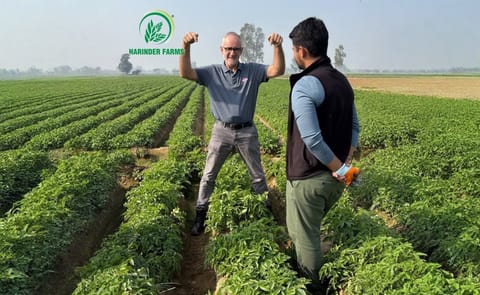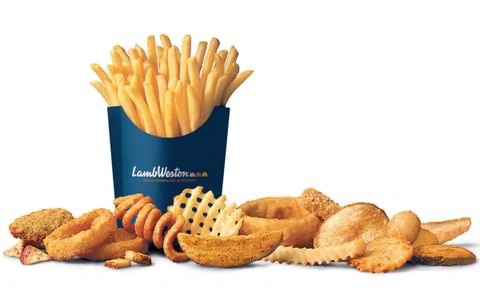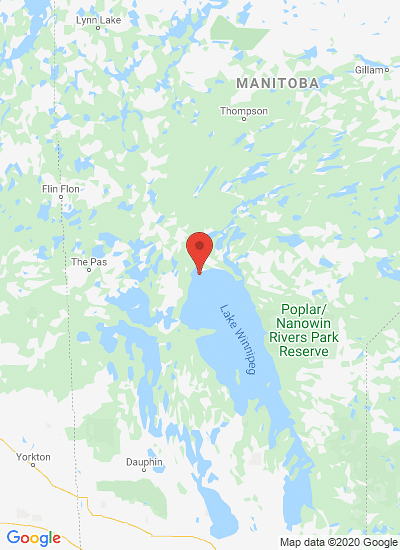Dr. Bernie Zebarth of Agriculture and Agri-Food Canada explores drone use during the 2018 Manitoba Potato Production Days in Brandon in January of this year. (Courtesy: Alexis Stockford)
The next frontier: potato and precision agriculture

Potatoes may, in many ways, be the perfect candidate for precision agriculture.
They’re a high-volume, high-value and high-input crop and the industry has already invested more than other sectors in soil and drainage mapping, variable rate technology and management zones, according to one agronomist who works closely with potato growers.
Trevor Thornton’s Crop Care Consulting says all these factors, and the way quality trumps quantity when it comes to crop value, all add up to a convincing case for adopting precision agriculture.
Most of his clients are already using variable rate application for nutrients like phosphorus, potassium, nitrogen and magnesium as well as lime, an input tailor-made for the low-pH-loving potato plant. Trevor Thornton:
“Some of the farms are variable rating just a couple of products and then doing a blend across the field.”
Thornton added that he prefers the added control of doing a single nutrient at a time.
Eye in the sky?
Talk of drone use has become almost ubiquitous in the agriculture sector in recent years. Some farmers are buying their own, while other farmers are employing companies specializing in the technology. All are seeking greater insight into their crops using imagery, including infrared cameras.
When it comes to root crops, however, an eye in the sky may not hold the same value since the crop is beneath the soil.
Athyna Cambouris of Agriculture and Agri-Food Canada:
“If we compare, like, for corn or for potato, for corn there is lots of measurements you can do on the vegetation and they are pretty linked to the yield, which is not always the case for potato.”
“What you see over the soil is not always (representative of) a good relationship with what we will have in terms of tubers in the soil.”
It’s a problem that was also noted during Manitoba Potato Production Days in Brandon earlier this year.
Bernie Zebarth, of AAFC’s Fredericton Research and Development Centre, outlined similar problems during his Brandon talk.
At the same time, he isn’t ready to give up on imaging. While cameras can’t pierce the ground, he noted that drone images can still be used to monitor growth, disease, insect damage and drought.
In particular he’s touting a switch from NDVI (normalized difference vegetation index, commonly used for aerial imaging) to WDVI Green, an index that does not saturate high leaf areas the same way.
His team noted that the bushy potato plants started to blur NDVI images once the canopy closed.
Elevation mapping, a critical key for drainage plans, and aerial services for potato plant counts, have also become more common.
Bernie Zebarth, of AAFC’s Fredericton Research and Development Centre:
“All of these tools, it depends on what you want to do with it.”
“It can go from the very simple where, ‘I just want to see a picture of my field,’ to much more sophisticated where I want to use it to change my fertility.”
“I want to use it to change my drainage. There’s examples in the Netherlands; they’re using it to decide where to fumigate.”
Variable rate irrigation
Thornton is applying that high-definition soil mapping to fine-tune another emerging technology, variable rate irrigation.
The consultant has been using water modelling from the soil sensor and elevation data to predict water needs, flows and related nutrient impacts across the field. Trevor Thornton:
“There’s definite opportunities to manage the water in those scenarios and manage the nutrients.”
“In some of the farms, it’s predominantly to back the water off from areas that will normally flood out.”
“On those same farms, within that same field, we also have areas where you have a lot of variability in your soil texture, so the areas that you’re watering harder through early and midsummer don’t have the staying power because they can’t hold a lot of water and nutrients.”
“So, your sand ridges, although we’re delaying when they senesce, you’re not going to prevent that from happening.”
“Later summer, we can actually create those maps on an inverse style so we’re actually reducing water going onto those areas that are senescing, so we don’t lead to quality problems with the tubers.”
Variable rate irrigation has gleaned interest both for production gains and for sustainability.
Like most of agriculture, the potato industry faces growing public pressure to grow food with an eye to the environment and companies like McCain have implemented sustainability plans, including water use.
Thornton’s company has helped apply the technology near Carberry, Glenboro and Treherne in recent years.
Last year, Thornton worked with two sites near Carberry, and between three and four sites near Glenboro and Treherne. He expects those numbers to grow to at least three sites near Carberry and four to five near Glenboro this season.
But while variable rate irrigation has garnered interest, Thornton warned that the up to $50,000 cost might be prohibitive. Trevor Thornton:
“If a farm is in the growth stage of expanding its operation and adding new pivots, in some instances, it’s a lot better to get that new pivot with the variable rate on it, because it’s more affordable than a retrofit.”
“Other fields in the area really don’t need it at all, so it’s a field-by-field basis.”
Hardware has also been a significant obstacle, Thornton said, and he has had a long list of calls from producers looking for programming help.
The equipment has not been user friendly to the technological novice, he said, and many producers do not have the more advanced programming skill to properly set up their pivot.
After harvest
Yield monitors provide another avenue for precision agriculture, although Harvey Chorney, Prairie Agricultural Machinery Institute vice-president of Manitoba operations, says parts of that technology still need to be explored. Harvey Chorney, Prairie Agricultural Machinery Institute vice-president of Manitoba operations:
“The issue that they’ve got with monitoring yield on potatoes is that you can collect the weight and that information, but you don’t know how much mud is going in at the same time, which slows down the calibration of the weight.”
PAMI does not have any active research planned on the issue, although the topic has been brought up, Chorney said. Several PAMI projects have also focused on drainage, which could be applied to potatoes.
Challenges and the future
Precision agriculture has become huge business, with an ever-growing number of companies pitching data services and precision equipment on the promise of greater efficiency.
At the farm level, however, the form of precision agriculture may vary widely from operation to operation, according to AAFC’s Cambouris.
Athyna Cambouris:
“Precision agriculture is so huge now.”
“It began as an approach that was very narrow in the beginning of 1986.”
“We thought that we would solve every problem by controlling the spatial variability of the soil properties… now it’s so big that there is a lot of technology coming to help you.”
“You can have automatic steering to help and this is included in precision agriculture.”
The largest problems are no longer technology, but rather agronomy, both Cambouris and Zebarth said, although Zebarth noted a gap between farmer technical knowledge and the growing sophistication of machines, an observation in line with Thornton’s own experience adapting variable rate irrigation.
In her research in Eastern Canada, Cambouris has run into problems with variable rate technology where fertility recommendations were not detailed or advanced enough to make use of the technology, although she noted that research is underway to get a better grasp on ideal nitrogen application using management zones.
Zebarth argues that technological advances are outstripping agronomic knowledge, leaving farmers with a wealth of data but lost on how to apply it.
Bernie Zebarth:
“There’s sort of two parts to precision agriculture.”
“There’s the technology and the technology has already advanced quite a bit and is changing very rapidly and there’s all these other things that are happening.”
“We’re playing with things like looking at gene expression patterns and we actually have some preliminary data that suggests maybe we can predict yield with gene expression patterns… at the same time, there’s the actual agronomy. For example, you can take a drone. You can get an image of a field and let’s say you do that three or four years in a row. You’ve got the spatial pattern of the field.”
“You can develop management zones, but now that you’ve got the management zones, what am I going to do with them? How do I actually go from that information to an actual recommendation and that’s usually where the limitation is.”
Thornton, himself, has been caught up in the learning curve and he says he is still fine tuning his ability to interpret the data. Bringing in soil sensors changed the data reference when translating those results into management practices, he said, and his company has been forced to take a step back and run some trial and error when integrating new technology.
Even so, he says the increasing pile of data gleaned every year might eventually give insight into cause of variability in the field, something that would not only benefit potatoes, but field crops as a whole.











